Ian Williams, a fellow in the International Security Program and deputy director of the Missile Defense Project at the Center for Strategic and International Studies (CSIS), stated that “it would be unrealistic to expect Russia to run out of missiles.”
Ian Williams' report further notes that Moscow has the long-range strike capabilities necessary to inflict significant damage on Ukraine's population, economy and military despite sanctions and export regulations.
Russia's Missile War and Speculation
Russia has been relentless in launching missile attacks on Ukraine. In the second half of 2022, Russian missile attacks caused serious damage to Ukraine's economy and infrastructure, especially crippling its energy infrastructure.
As Russia began purchasing and deploying Iranian-origin Shahed suicide drones to attack targets inside Ukraine, some US officials and Ukrainian officers predicted that the Russian military's missile stockpile was running low.
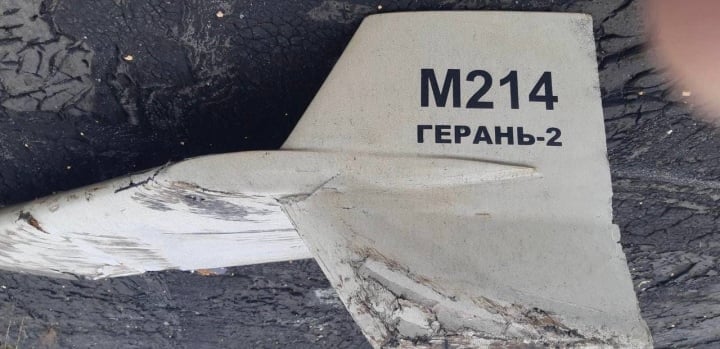
Wreckage of Shahed-136 drone.
By late 2022, more than nine months into the war in Ukraine, the Pentagon said Russia was increasingly relying on aging artillery shells and missiles, some of which were manufactured more than four decades ago. At the time, media outlets reported that US officials had predicted Russia would run out of ammunition.
For its part, Russia has shifted from firing more advanced, precision-guided ballistic and cruise missiles to Soviet-era munitions that can cause massive destruction but are less accurate, further supporting the predictions of Western officials and experts.
As the conflict entered its second year, such predictions became more common among Ukrainian intelligence. In January 2023, for example, Ukrainian Air Force spokesman Yuriy Ihnat cited intelligence claiming that Russia’s arsenal of modern Iskander ballistic missiles had fallen to fewer than 100.
At the same time, Russia also increased its use of S-300 and S-400 air defense missiles to launch attacks on multiple ground targets in Ukraine. This was called by some experts as Moscow's new tactic to replace low-precision ballistic missiles.
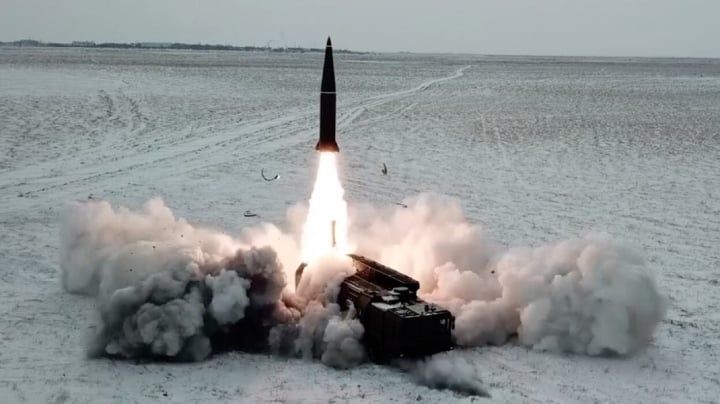
Iskander ballistic missile
Some reports based on Ukrainian intelligence in early 2023 asserted that the Russian military would run out of missiles after March. However, to date, Russian missile attacks have continued unabated.
CSIS Response
The CSIS report notes that Russia has regularly attacked military targets across Ukraine with expensive, long-range missiles in 2023. The targets of these missile strikes have changed over time, as have the intensity and quality of the munitions used.
In May 2023, weapons experts recovered fragments of a newly manufactured Russian cruise missile launched into Ukraine, which they had previously claimed was depleted in Russia's arsenal and could only last a few months after the conflict broke out.
Colin Kahl, the undersecretary of defense for policy, and other US officials have previously predicted that building up Russian stockpiles would be “much more difficult” due to sanctions, particularly on purchasing microchips for precision-guided missiles.
However, a recent CSIS report argues that export restrictions and sanctions have had no effect on Russian missile production. “Sanctions and export controls can only limit the quantity and quality of strike capabilities Russia can acquire.”
Regarding the speculation that Russia’s missile stockpile is running low, the report suggests that Russia may have used up its share of long-range missiles planned for its “special military operation.” And many experts believe that the missiles Russia is currently using are being withdrawn from other battlefields.
Russian missile strikes have shifted from high-end missile systems such as cruise missiles to less effective, but less expensive, “low-end” systems such as the Shahed-136 drone, the report noted.
The report also found that despite import controls on key microelectronic components, Russia continued to produce missiles by purchasing Western-made components through third parties. This was confirmed by Ukrainian forces, who recovered and examined components from Russian missiles that crashed inside their territory.
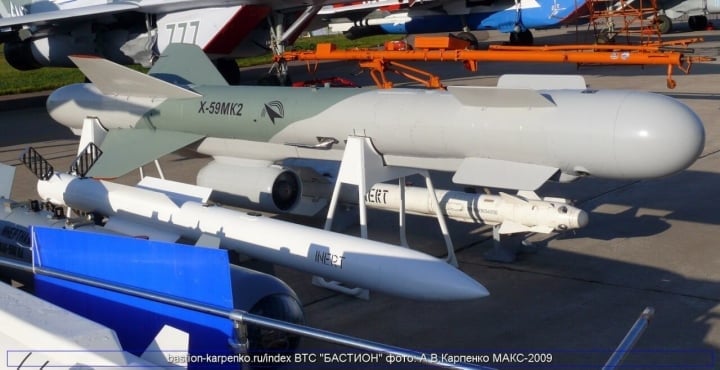
Russian Kh-59MK2 air-to-ground missile.
CSIS also noted that sanctions and export controls could only make missile production more difficult and expensive, limiting the number of missiles Russia can produce, but could not stop Russia from producing missiles altogether.
Analyzing recent Russian missile strikes, the report said that unlike Russia's targets last year, Russian missile and drone operations since May 2023 have been broader in scope and less predictable.
Some experts also believe that Russia's current goals are mainly to keep Ukraine off balance in its counter-offensive operations in the south and force Ukraine to divert its air defense capabilities to protecting its cities.
“Given Ukraine’s limited air defense inventory, an all-out and unpredictable Russian missile offensive would force Ukraine to make a trade-off between protecting its cities and critical infrastructure and ensuring air defense for its frontline military units,” the report said.
However, the report stressed that active air defense would be the countermeasure against Russian missile attacks, which would require continued support and reinforcement from Ukraine's allies.
Le Hung (Source: Eurasian Times)
Useful
Emotion
Creative
Unique
Wrath
Source





![[Photo] The parade took to the streets, walking among the arms of tens of thousands of people.](https://vphoto.vietnam.vn/thumb/1200x675/vietnam/resource/IMAGE/2025/4/30/180ec64521094c87bdb5a983ff1a30a4)
![[Photo] Cultural, sports and media bloc at the 50th Anniversary of Southern Liberation and National Reunification Day](https://vphoto.vietnam.vn/thumb/1200x675/vietnam/resource/IMAGE/2025/4/30/8a22f876e8d24890be2ae3d88c9b201c)

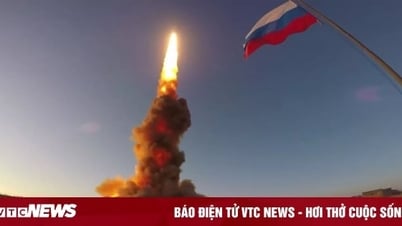






















![[Photo] Chinese, Lao, and Cambodian troops participate in the parade to celebrate the 50th anniversary of the Liberation of the South and National Reunification Day](https://vphoto.vietnam.vn/thumb/1200x675/vietnam/resource/IMAGE/2025/4/30/30d2204b414549cfb5dc784544a72dee)















































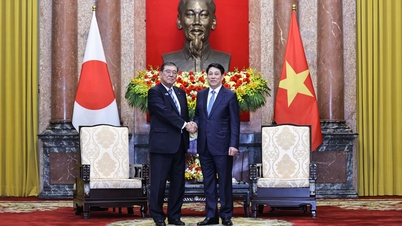




















Comment (0)